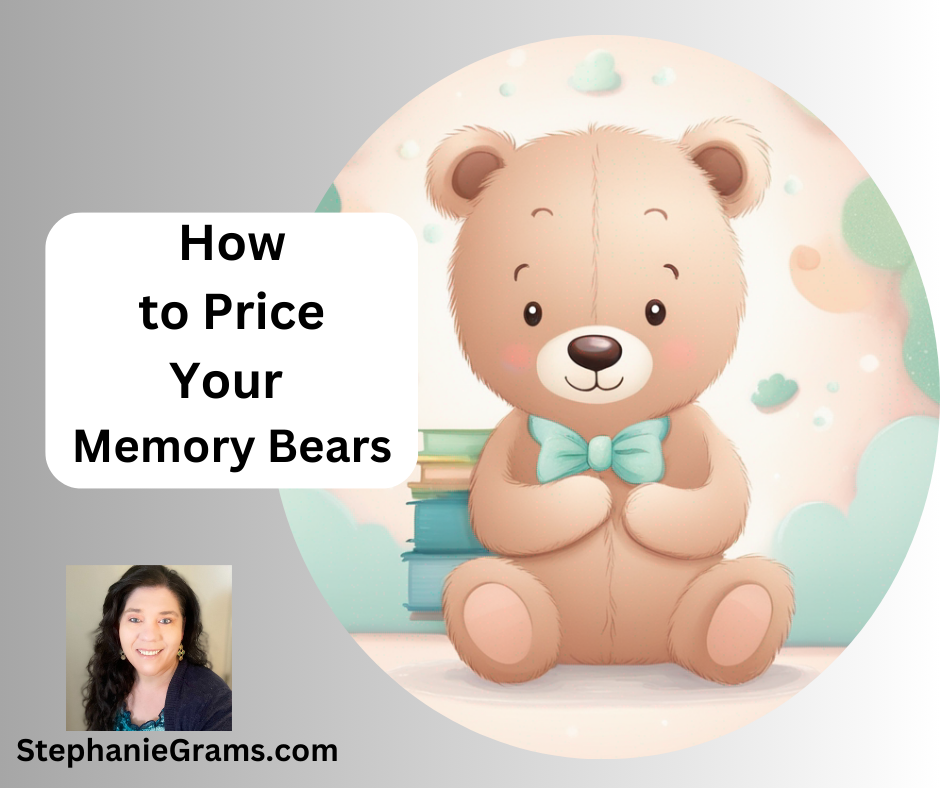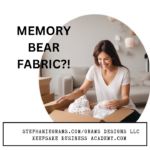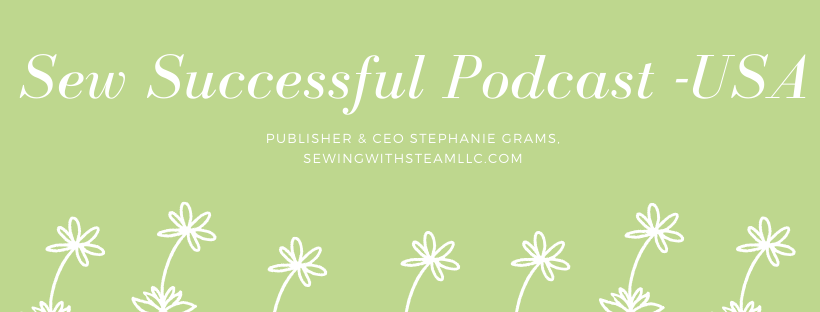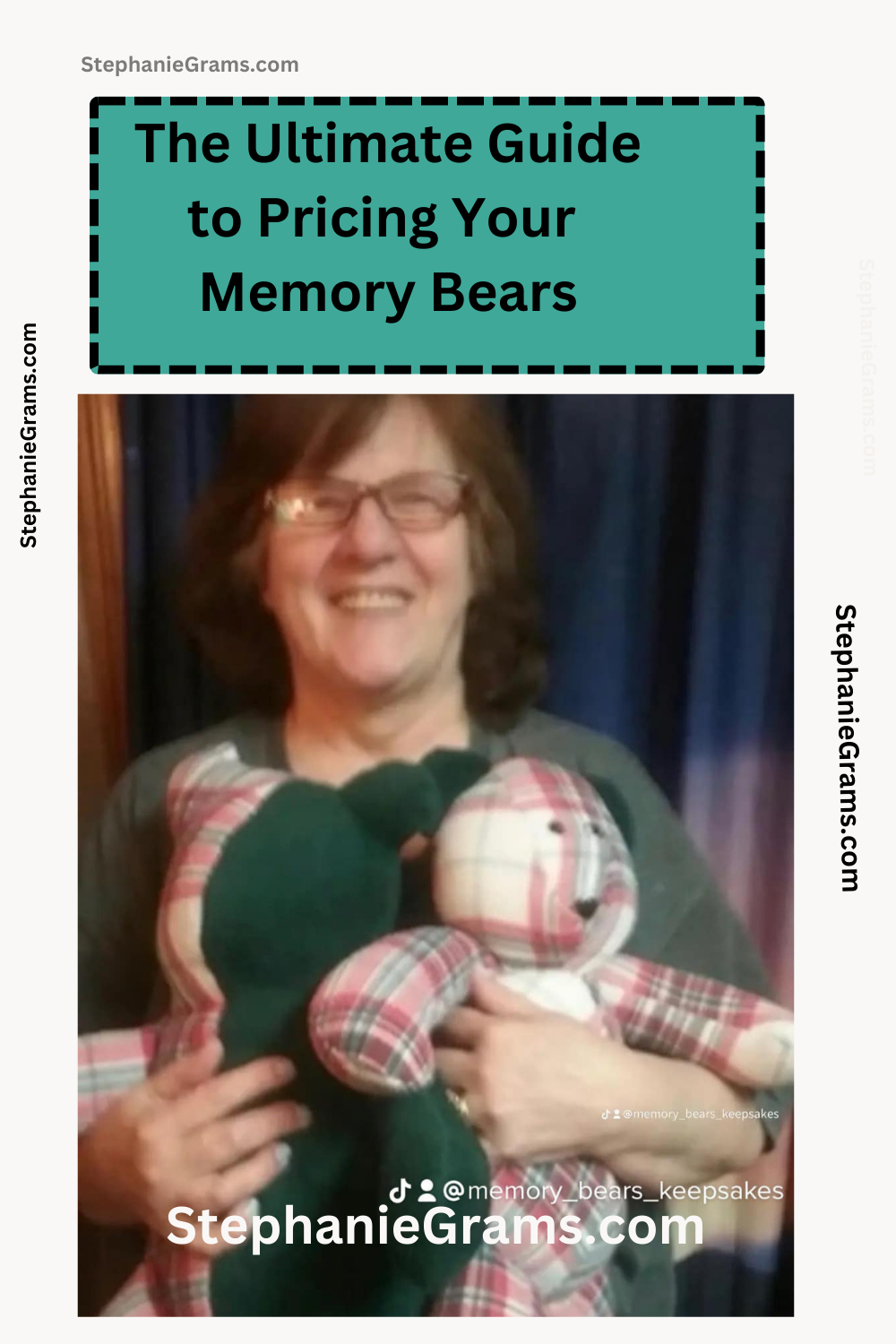How to Price Memory Bears
Creating memory bears is a meaningful and sentimental craft that allows artisans to transform cherished fabrics into tangible keepsakes. Whether made from old clothing, blankets, or other sentimental materials, these bears hold a special place in the hearts of those who commission them. However, determining the right price for your memory bears can be a challenging task. In this guide, we’ll explore various factors to consider when pricing your creations to ensure that your efforts are appropriately compensated.
1. Cost of Materials:
The first step in pricing your memory bears is to calculate the cost of materials. Consider the fabrics, stuffing, safety eyes, and any additional embellishments used in each bear. Keep meticulous records of your expenses to accurately incorporate them into the overall pricing structure.
2. Labor and Time:
Creating memory bears involves a significant amount of time and skill. Factor in the hours spent on designing, cutting, sewing, and finishing each bear. Determine an hourly rate that reflects your expertise and the time investment required. Don’t forget to include time spent communicating with clients, sourcing materials, and other related tasks.
3. Customization and Complexity:
The level of customization and complexity in each memory bear plays a crucial role in pricing. Bears with intricate details, personalized features, or special requests should be priced higher to reflect the additional effort and creativity involved.
4. Market Research:
Research the memory bear market to understand pricing trends and customer expectations. Analyze the pricing strategies of other artisans who offer similar products. While it’s essential to be competitive, remember to value your work appropriately based on your unique skills and the quality of your creations.
5. Brand Recognition and Reputation:
If you have an established brand or a positive reputation for creating high-quality memory bears, this can be reflected in your pricing. Customers are often willing to pay a premium for products from trusted artisans with a track record of delivering exceptional work.
6. Overhead and Business Expenses:
Consider your business expenses, such as equipment, utilities, and marketing efforts, when determining your memory bear prices. Including a portion of these costs in your pricing ensures that your business remains sustainable in the long run.
7. Profit Margin:
Finally, don’t forget to factor in a reasonable profit margin. Your pricing should not only cover your costs but also allow for growth and reinvestment in your business. A fair profit margin ensures that you can continue to improve your craft, offer excellent customer service, and sustain a successful memory bear business.
Pricing your memory bears requires thoughtful consideration of various factors, from material costs to your skill level and market demand. By carefully assessing each element and maintaining a balance between competitiveness and fair compensation, you can establish pricing that reflects the true value of your unique creations.
Remember, your memory bears are not just products; they are cherished mementos that hold immense sentimental value for your customers.










